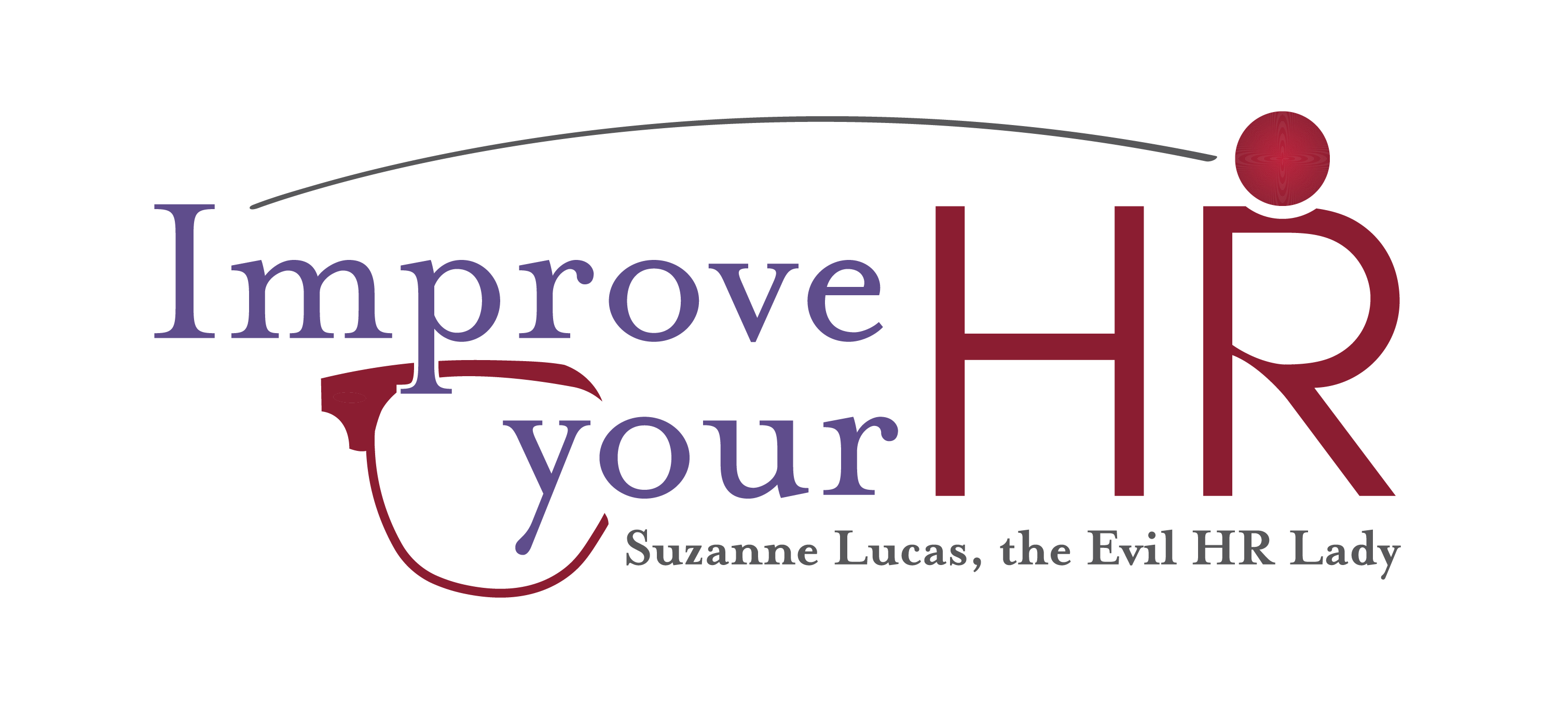If there’s one thing we’ve learned since March 2020, it’s that remote work isn’t the same as office work. It can feel that everything has changed, and now that many businesses are turning to a hybrid model, the confusion starts again. For instance, if someone is struggling, does that mean they should be in the office 100 percent?
Here are some answers to questions you may have about handling performance issues when working with a remote or hybrid workforce.
Does the performance improvement plan we had in place before remote work still work?
This depends on what your process was before. Generally, managers and HR work together to write performance improvement plans, and that should still happen. It can be a bit more complex when people aren’t together, but it’s important to have an HR hand in the performance improvement plan (PIP) process. You want PIPs to be consistent across the organization, and this can help.
To keep reading, click here: Performance Improvement Plans for a Hybrid Workforce

Good points. I’ve continued working in an office, but the vast majority of my coworkers are working from home. A lot of those informal conversations, where we used to “pick each other’s brains,” are no longer happening. And, we’re all the worse for it, both professionally and personally.
We did some experimentation with remote working years ago and learned that you have to make an effort to have what we called “water cooler conversations:” open ended chats without a specific objective, where people might start talking about little league or complaining about the heat and then talk turns to shared projects and bright ideas pop. It’s counterintuitive to start a remote discussion with no topic though it never seemed odd at the coffee machine. But like many unfamiliar job skills, it seems awkward at first and becomes second nature. When you think of the cost of maintaining dedicated real estate and the turnover risk of forcing people to commute to it every day in hope that they might have a useful chat, it seems an awfully spendy way to meet the need. It’s worth stopping to analyze the problem. Chatting worked in the office and it isn’t working at home. What exactly is the difference? Can the critical office factor be replicated so that it works from home?
Connecting with your colleagues creates empathy and compassion and builds trust. Remote working, in my opinion doesn’t allow that connectivity to happen naturally and it seems forced if you mandate coffee chit chats/team calls. That’s why having identified ‘connectors’ within your department who actively engage your new hires can be very helpful to increase the level of engagement and integration of the new person to the broader department/team.